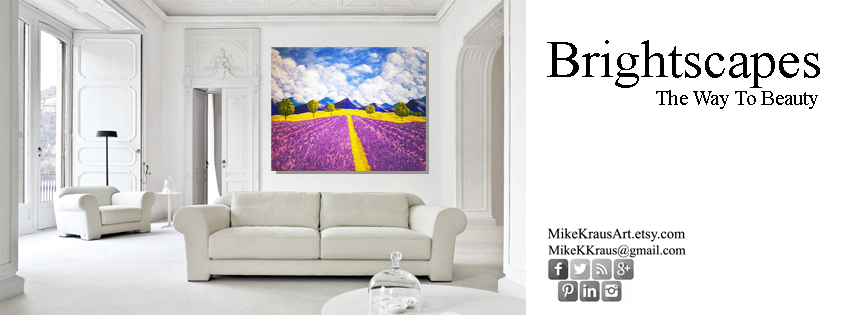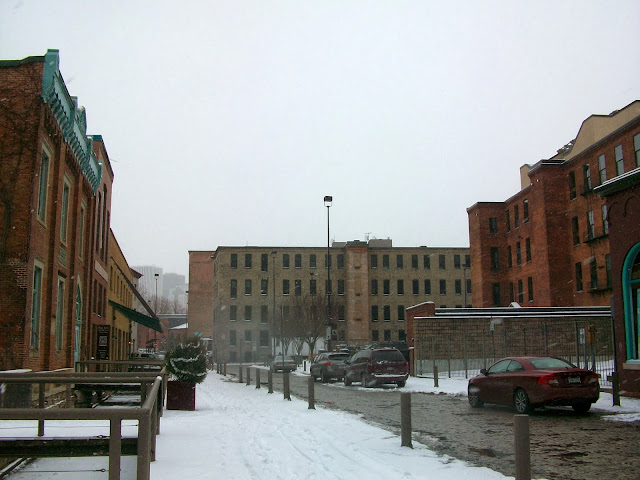Brightscapes: The Way To Beauty
Washington D.C. Alley #447
colored pencils and ink on Bristol paper
2.5" x 3.5" (6.35 cm x 8.89 cm)
NOT A PRINT OR REPRODUCTION
202108069
© copyright Mike Kraus
To purchase, please visit: https://www.etsy.com/listing/631495172/washington-dc-alley-447-artist-trading
This artist trading card or ACEO (Art Card Editions and Originals) is frameable, collectible, enjoyable and can be given as a special gift for a birthday, wedding, new baby, anniversary, thank you or other occasion. It is a one-of-a-kind original work of art, NOT A PRINT OR REPRODUCTION. It is signed on the back and lends itself to framing in a standard trading card frame or book.
Mike Kraus was born on the industrial shoreline of Muskegon, Michigan. After earning his Fine Arts Degree from The School of the Art Institute of Chicago, he attended Grand Valley State University for his graduate degree. From there, he gained varied experiences from the Chicago Architecture Foundation, Art Institute of Chicago, Hauenstein Center For Presidential Studies, Lollypop Farm Humane Society, and the Children's Memorial Foundation. And every place he worked, he had his sketchbook with him and found ways to be actively creative. In 2014, Kraus became a full-time artist by establishing Mike Kraus Art. Since then, he has sold thousands of paintings that are displayed in nearly every state and dozens of countries. Currently, Kraus lives in Rochester, New York with his beautiful wife and goofy dog.
For more information or custom order, please visit:
Store: MikeKrausArt.etsy.com
Facebook: http://www.facebook.com/MikeKrausArt
Pinterest: http://www.pinterest.com/MikeKraus/
Instagram: https://instagram.com/mikekrausart
LinkedIn: www.linkedin.com/in/mkraus
Twitter: http://twitter.com/MikeKrausBlog







































































